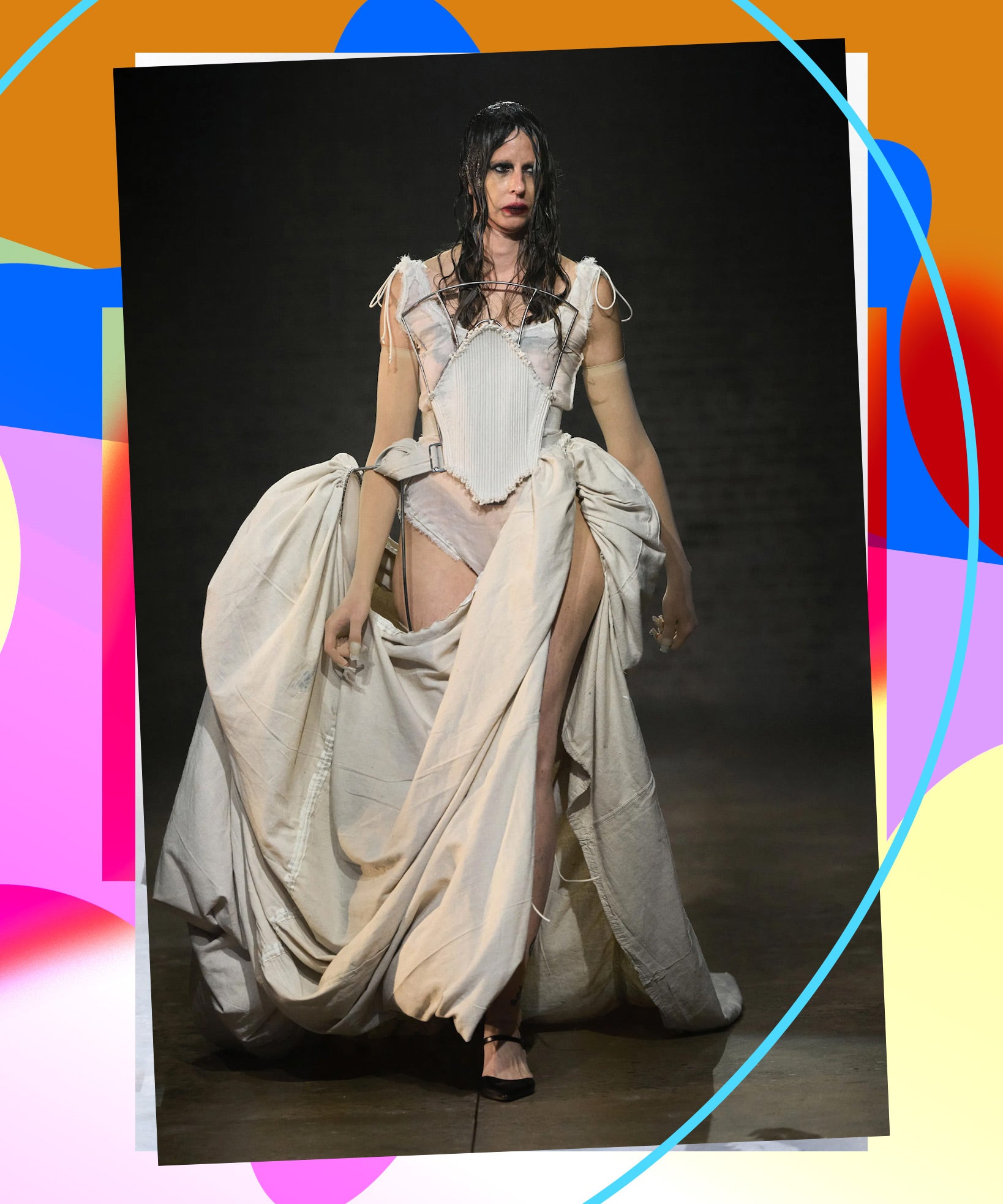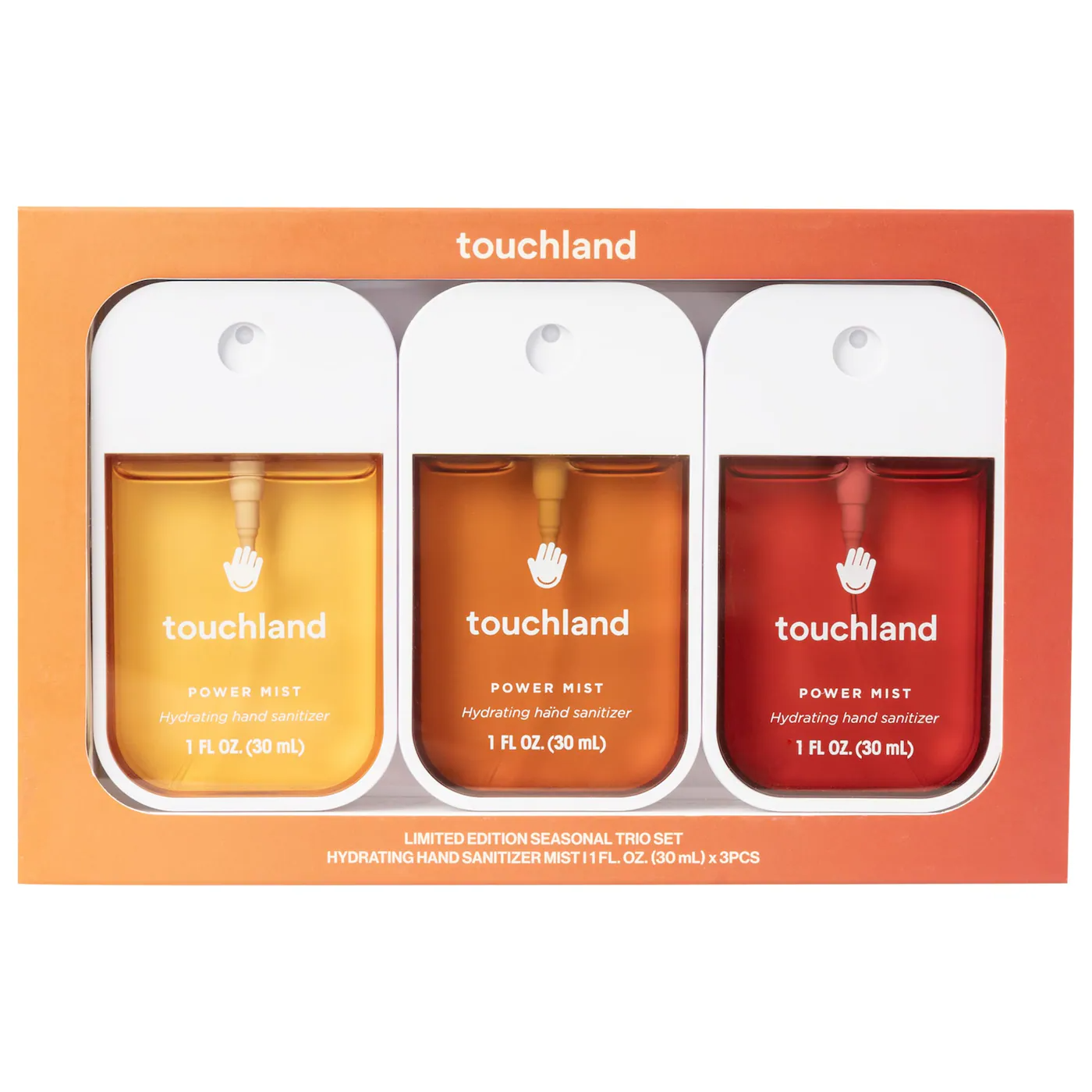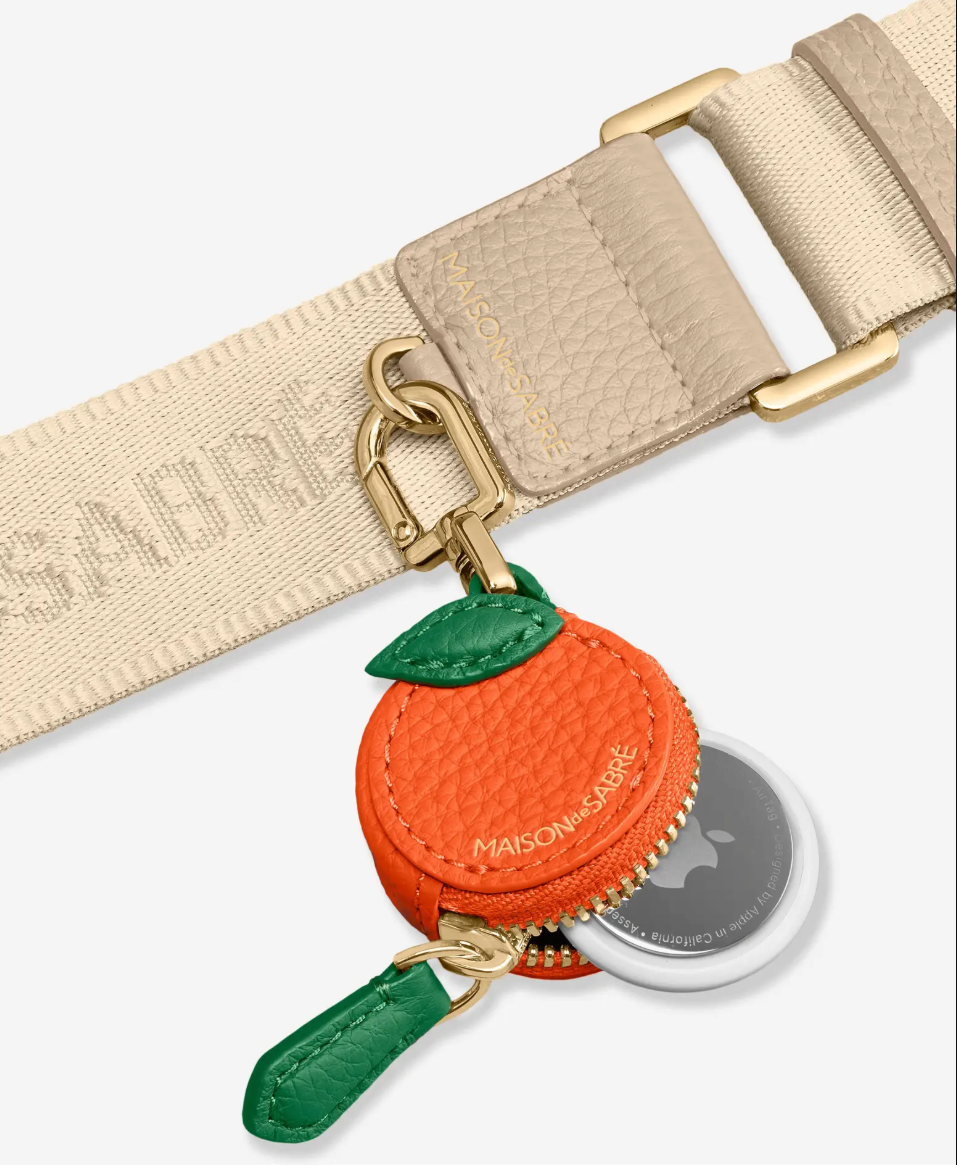

Back in September, when designer Elena Velez held her second ever fashion show during New York Fashion Week, Uncut Gems actress-turned-It-girl Julia Fox was sitting front row. Holding her toddler son on her lap, Fox, who was personally invited by Velez, was decked out in the designer’s notoriously apocalyptic garments: a draped, leather black dress that resembled Hefty trash bags and thigh-high boots, embodying the vision of a complex woman who is both rebellious and matriarchal.
“Julia Fox is just such an archetype for a non-traditional matriarch out in the world,” Velez tells Refinery29. “And my brand is inherently about that story, it just felt like such a great connection.”

It’s precisely this crux of unconventional femininity and unabashed chaos that has earned Elena Velez industry-wide attention since debuting her eponymous label in 2021. Alongside Fox, she counts equally disrupting celebrities like Rosalía, Diane Guerrero, Solange Knowles, Michaela Jaé, and Banks as fans (Velez even held on to a piece of Rosalía’s hair she found in a garment bag recently). This year, she was nominated for a CFDA Award for Emerging Designer of the Year, a prize that has previously catapulted names like Christopher John Rogers and Edvin Thompson of Theophilio into global fame. “It’s crazy because to me, in my own mind, none of this exists outside of just me in a room, [working]on a sewing machine,” Velez says. “And so to hear that it has life outside of my bubble is really bizarre.”
Born in Milwaukee, the Parsons graduate has quickly turned her knack for deconstructed garments and Heartland-rooted materials into a unique fashion DNA. Last February, when she held her first fashion show, a model opened the show dispensing incense that made the room smell like Sunday mass. Yet, what followed smashed all preconceived notions in the room: asymmetric corsets, leather opera gloves, iridescent fabrics, and buckle straps that toughened up elegant dresses. Last September, the story turned gory: fog machines announced the beginning of a collection of black, white, and cream frocks that emanated a sense of urgency through cut-outs, bustle skirts and leather tops that were draped to look as if they had decomposed on the model’s skin.
For Velez, the themes remain the same each time. “A lot of the stories that I am most excited to tell about are womanhood and femininity, and just deconstructing this very singular image of what it looks like,” she says.
It’s a lifelong desire that comes from observing her mother, a former ship captain, when she was a child. Velez remembers looking up to her, yet wanting her to fit into a more traditional image of what womanhood looked like to a Midwest-bred child, which Velez describes as “pretty and feminine, delicate, girly, lipstick and high heels.” Now, as a 28-year-old mother-of-two, Velez works hard to counteract that stereotype through her clothes. “I return back to that sensual archetype and just kind of muddied it a little bit, mixed it with something a little bit more informed, a little bit more utilitarian,” she explains.
Velez has achieved this vision by mixing ethereal silhouettes with brawny materials that hail from her Midwestern roots, a process that started in college when Velez heavily researched post-World War II industrial collapse and kept bumping into her hometown, Milwaukee. “I knew that I wanted to do something with metal and steel, but didn’t know that I wanted to do wearables until a little bit further on in the process,” she remembers. “But I got to actually go home over Christmas break [during college]and collaborate with local metalsmiths to really recontextualize this craft that is so inherent to the place that I come from.” These materials appear in both utilitarian and decorative ways in her work. For example, a spring 2023 dress, worn recently by Rosalía at the 2022 Global Citizen Festival, featured an abstract metal corset and a bustle reminiscent of the Gilded Age. “There’s definitely an aggressively delicate component to the way that the work is created,” says Velez.

Yet, for Velez, going back to her roots has deeper meaning. “Authentic fashion just can’t exist unless it’s informed by an authentic subculture,” she says. “I only have one identity to talk about through my work, so I might as well lean into that.”
While fashion has long insisted on commerciality and mainstream homogeneity, similarly to Velez, the flock of emerging designers buzzing inside the industry right now are ignoring those rules. Louisiana-born Christopher John Rogers has embedded Southern aesthetics into his work, while Edvin Thompson’s Theophilio relies on Jamaican motifs to tell a story of migration and homeland pride. It might even be a consequence of just rubbing off on each other. “We’re all tight, we share resources, and you can really tell that there is a push to dissociate from this old guard of fashion,” says Velez.

From cementing new ties with boundary-breaking celebs to building a community of up-and-coming designers and reclaiming her Midwestern roots, it’s clear Velez is not in this business just for herself. “The way that I’m treating this brand is very much as a vehicle to empower and support all of the people in my periphery that I love as artists, and, as you know, [who are]just talented people,” she says. “That’s the goal, to keep that sort of closeness.”
Like what you see? How about some more R29 goodness, right here?
The 2021 CFDA Awards Point To A Bright Future




